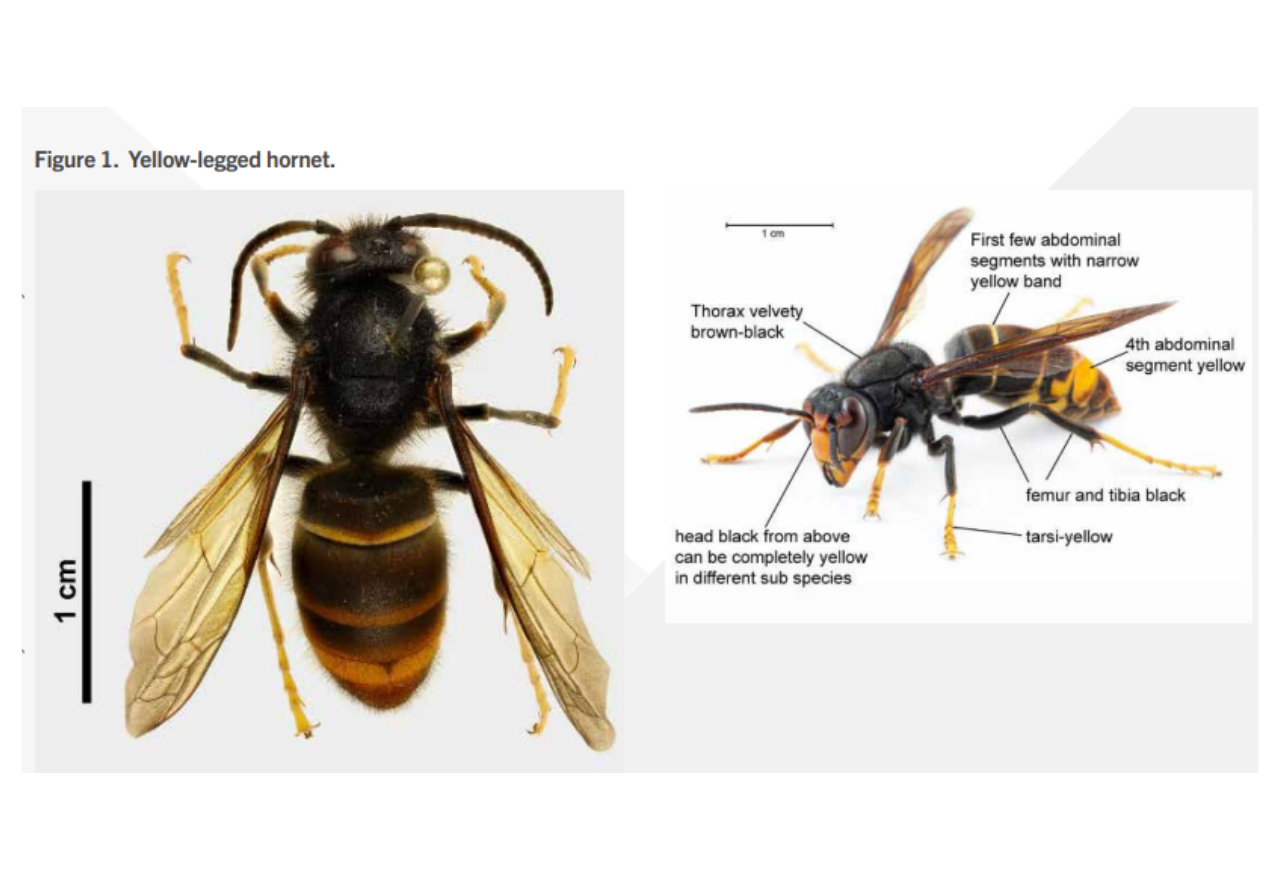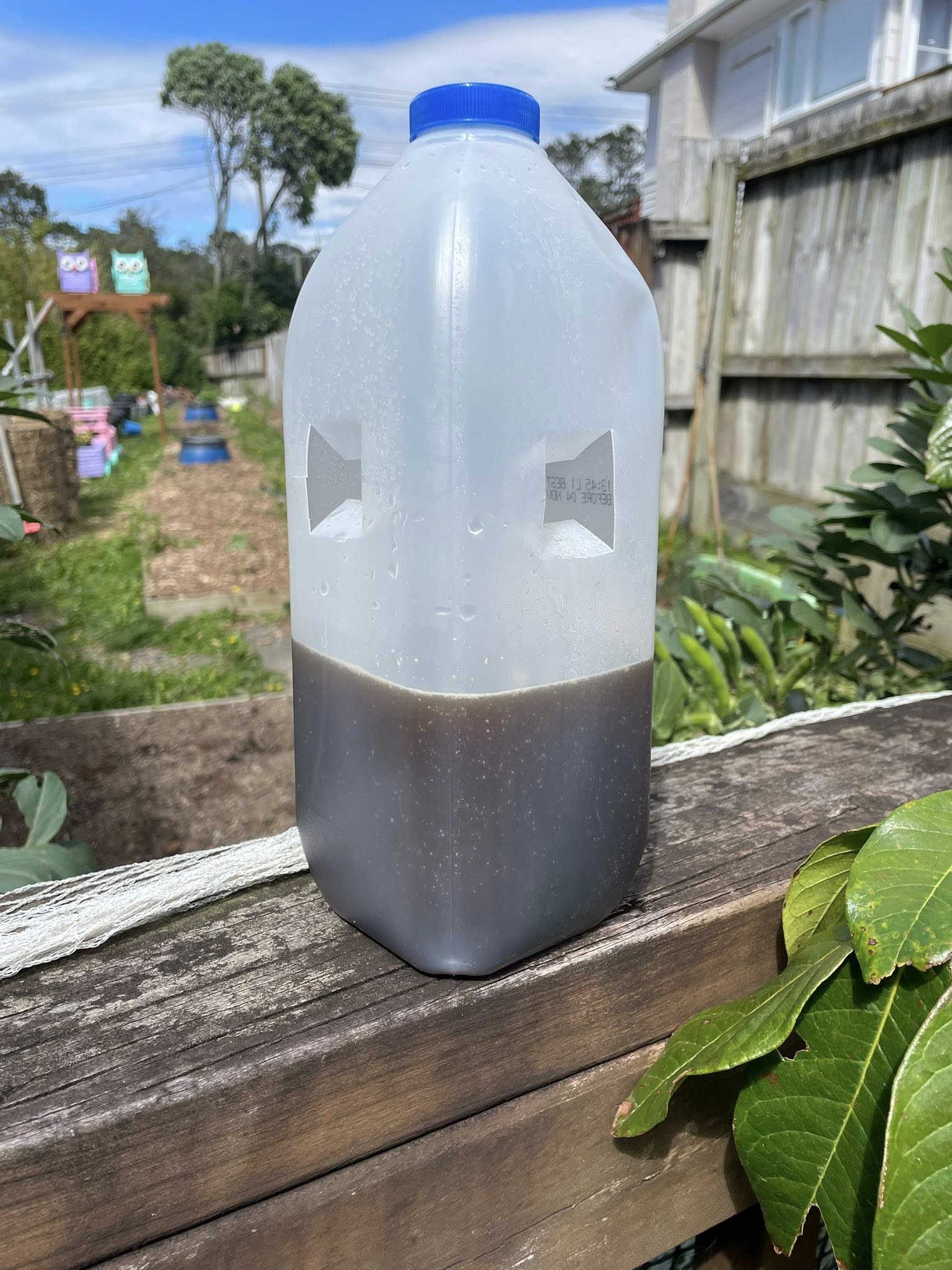Auckland Hornets – How to make your own traps!
05 November 2025, 7:53 PM

A new invasive species — the yellow-legged hornet (Vespa velutina) — has been detected on Auckland’s North Shore, prompting urgent warnings that containment will not be possible without community involvement.
Biosecurity New Zealand has confirmed six hornets found in the Glenfield area, four of them queens, and two already building nests. The hornet is a highly aggressive predator of honeybees and threatens both commercial honey production and the 27 native bee species unique to Aotearoa.
Once yellow-legged hornets spread, overseas experience shows authorities alone cannot eradicate them. Early intervention from the public is critical.
Build a DIY hornet trap at home
Trap construction
• Use a clean 1–1.5L plastic bottle
• Cut a capital “H” shape into two opposite sides, halfway up the bottle
• Fold the flaps inward to form funnel entries
• Hang using wire or place upright on a stable surface

Sweet bait for NOW – November to December
Targets emerging queens
• 1 cup beer - (alternative is active yeast a pinch with 1 cup of water)
• 1 tablespoon sugar
• Splash of white vinegar (discourages bees)
• Few drops of dishwashing liquid (helps hornets drown)
Protein bait for mid-summer – January to April
- Targets workers feeding larvae
- Pea-sized bits of fatty meat or chicken skin
- Add to the same liquid bait but omit sugar
Trap placement and management
- Hang 1–1.5 metres above ground
- Place in shade or semi-shade — bait lasts longer
- Position away from flowers, fruit trees, and beehives to avoid bees
- Refresh bait weekly, or sooner in hot conditions
**If bees are getting caught: Increase the amount of vinegar in your mix
Vinegar is an effective honeybee deterrent without reducing hornet attraction.
Some incidental bycatch can occur, but preventing the hornet from establishing will protect far more native species in the long run.
What to do if you spot a hornet
- Photograph if safe
- Call 0800 80 99 66 — Biosecurity NZ’s pest hotline (24/7)
- Provide location, time, and any photos
- Do not attempt to destroy nests — yellow-legged hornets defend aggressively
Why community action matters
Yellow-legged hornets can overwhelm and destroy entire beehives in a matter of hours. Overseas, regions that failed to control early incursions have suffered major pollinator losses and costly long-term consequences.
Auckland is still in a critical early phase of the outbreak. Community trapping now could prevent their establishment not just in the city — but across Aotearoa.
Protecting bees protects our food systems, biodiversity, and way of life.



